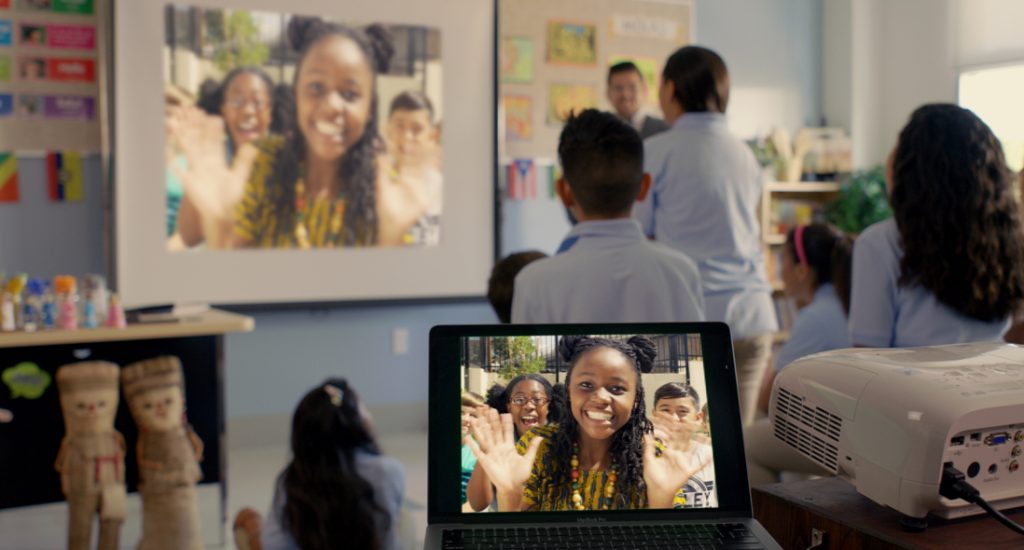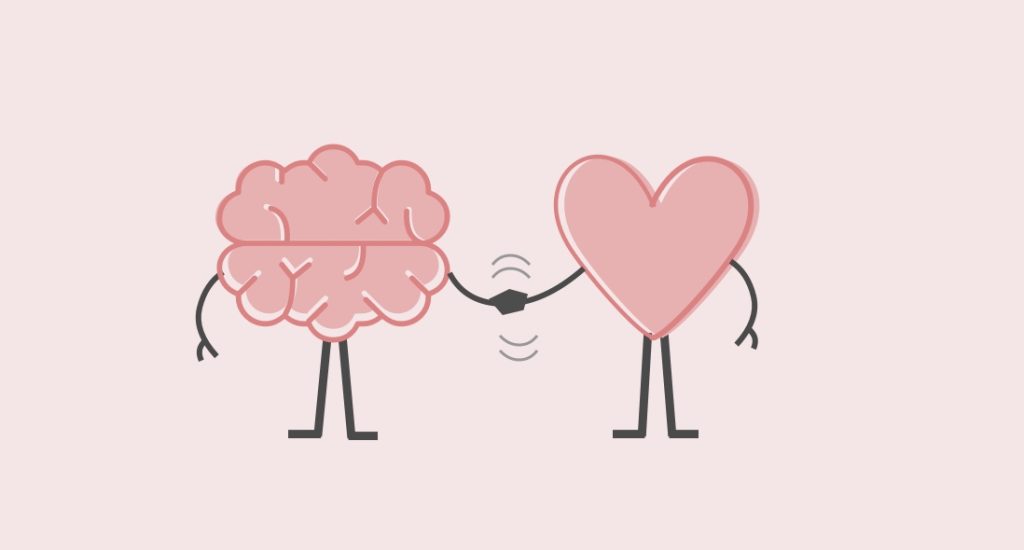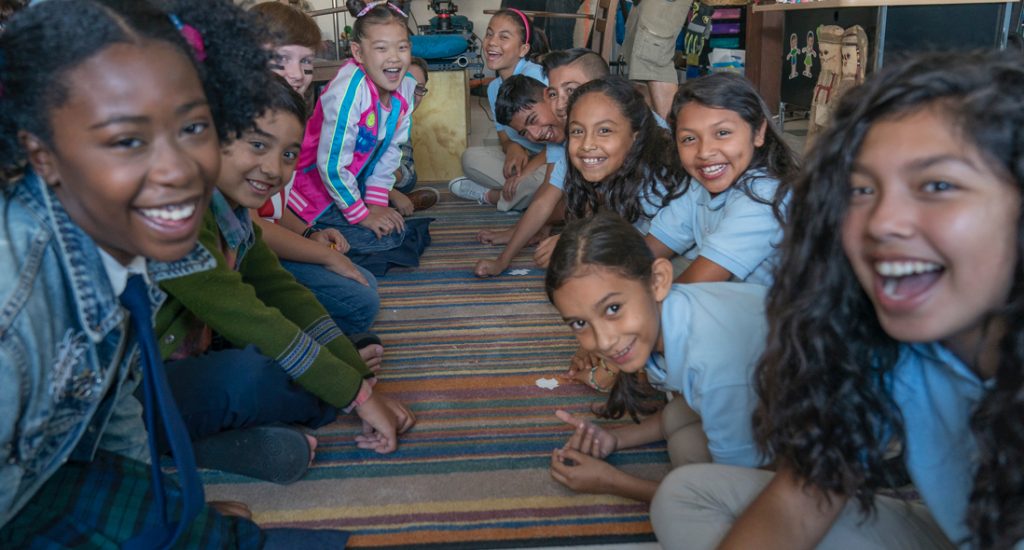“People ask me all the time how I build empathy in the classroom. The answer is one day at a time, one experience at a time, with great intention, focus and practice.”
– Wendy Turner, 2nd Grade Teacher
In July 2018, eight months after Empatico launched, we hit an important milestone: 1,000 educators in the Empatico community. In retrospect, the milestone seems small compared to the current (and growing rapidly) community of 20,000+ educators, but this initial group of 1,000 educators symbolizes something much more inspiring than just a number. They represent a growing and passionate movement of educators who are committed to improving the lives of their young students through social-emotional learning and experiences that enable them to see and be a part of the world in new ways. Empatico was founded to foster more kindness, empathy, and humanity in the world. This mission is brought to life by educators across the globe, and gaining momentum because of their unwavering vision and leadership.
As Empatico’s community grows, so too has the opportunity to learn from the experiences of educators, students, and the thousands of successful exchanges between classrooms. The goal of Empatico is to provide educators with a suite of resources that spark empathy among students and lead to measurable gains in learning. Now, thanks to the work of many Empatico educators, we are able to start capturing moments of empathy and measuring the impact of those moments for students and teachers.
What do moments of empathy look like in classrooms?
Meet two Empatico educators: Wendy Turner and Oluwaseun Kayode. Wendy teaches 2nd grade students in Delaware, United States and Oluwaseun teaches 4th grade students in Ota, Nigeria. They have been connecting their classrooms on Empatico since September 2018. The bond between Wendy’s and Oluwaseun’s students is undeniable, and it has taken them on a heartwarming journey of curiosity, discovery, mutual appreciation, and gratitude. Both classes have taught each other new dances and shared their pre-winter break traditions. They’ve had discussions about everything from Nigerian elections and presidents, to plastic pollution in the U.S., which has helped the students develop a global perspective and cognitive understanding of what life is like in other places. These illuminating conversations — combined with the fun they have playing, laughing, and dancing together — fuel their curiosity to learn even more about each other and other parts of the world.
Experiencing these meaningful connections enables students to strengthen their cross-cultural empathy skills. By developing a personal, meaningful relationship with peers living across the globe, students are able to practice perspective taking and put themselves in each other’s shoes. They are able to foster a deeper appreciation for the differences in their peers, but also recognize that they are much more similar than they initially perceived. Wendy and Oluwaseun have forged an inspiring friendship, as well. Their partnership shows the immense impact that intentional learning through virtual exchanges can have on both students and educators.
Are these moments of empathy having a meaningful impact?
Wendy’s and Oluwaseun’s connection is truly special, and we witness many similarly empowering connections between Empatico classrooms. But how do we know these moments are having a real, meaningful impact on students? Empatico is now trying to answer that question.
In early 2018, we conducted our first pilot study involving 303 students across the U.S. to begin exploring how virtual exchanges might affect student empathy. Twenty primary school teachers from the National Network of State Teachers of the Year connected their classrooms using Empatico as part of a fellowship program. Each teacher administered pre- and post-test surveys to their students, and each class participated in at least two exchanges with their partner class. The survey questions consisted mostly of adapted and age-appropriate questions from validated questionnaires that aimed to measure empathy, attitudes and perceptions of peers from other states and countries, and knowledge of different places.

The results revealed an increase in the following measures among students:
- empathy and perspective taking
- positive perceptions of peers from their partner class’s location
- knowledge of their partner class’s location
- interest in meeting new peers from other places
- stronger perceived similarities with peers from other places
In particular, students were 25% more aware of similarities with peers from other countries, 19% more empathetic, and 19% more curious to meet peers from other countries. While the initial results are promising, we plan to take our research one step further to ensure our findings realistically and reliably capture the true potential impact of virtual exchange on social-emotional learning.
In July 2018, we teamed up with Stanford University researchers to conduct an even larger, more rigorous quasi-experimental evaluation study. So far, more than 3,800 students around the world have participated, and our early analyses have found encouraging and statistically significant results. This new study will help us answer the question: Can Empatico exchanges measurably increase empathy and improve perceptions among students and educators from various backgrounds and cultures around the world? Stayed tuned for those results!



